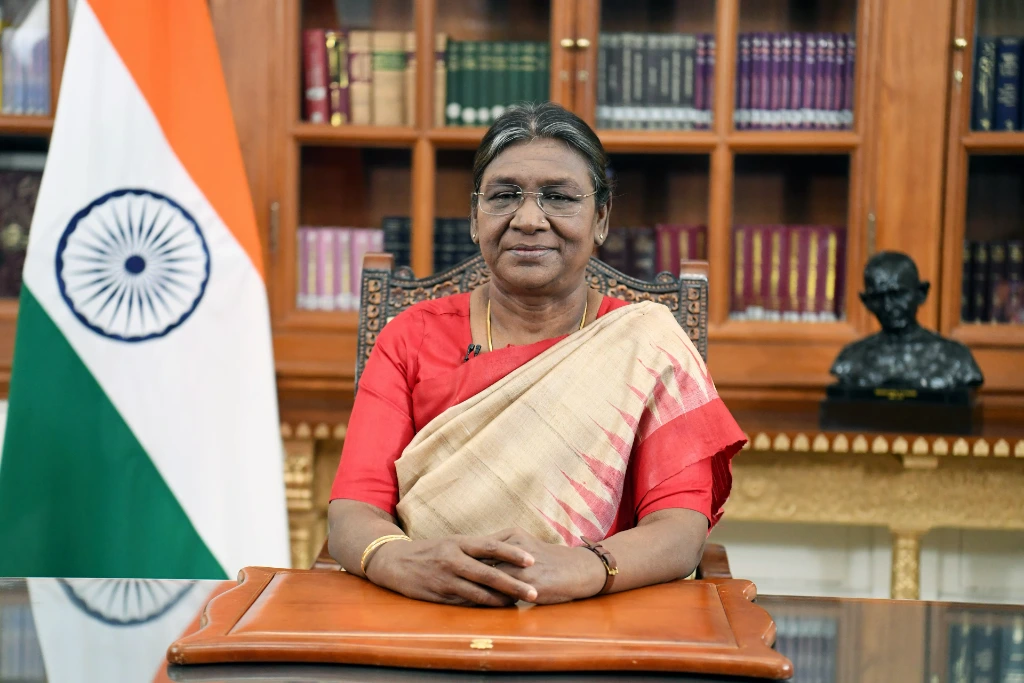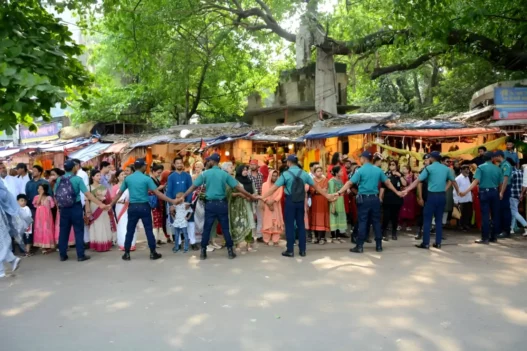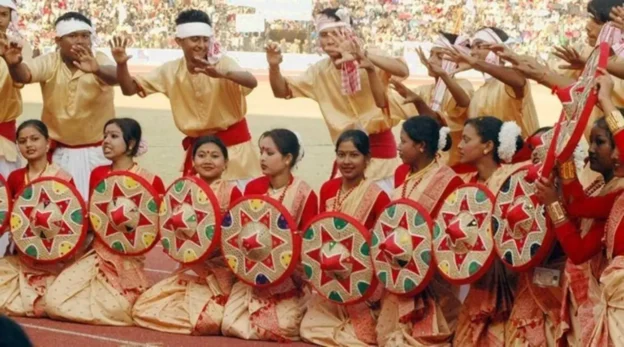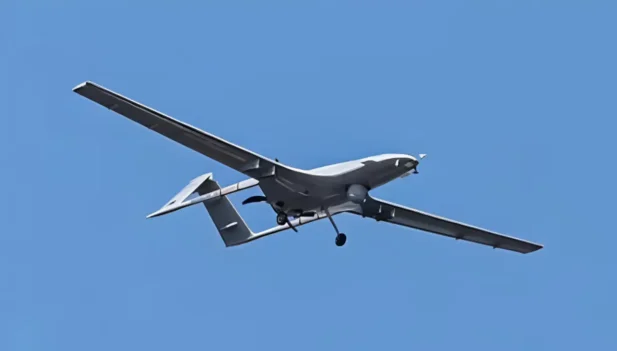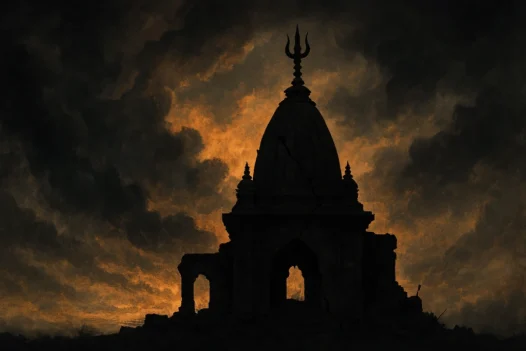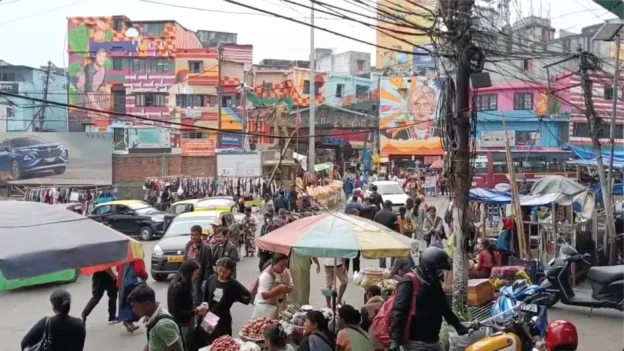On February 13, 2025, in a move that caught many by surprise, the Government of India imposed President’s Rule in the troubled state of Manipur. This decision followed weeks of mounting ethnic violence between the Meitei and Kuki communities, pushing the region to the brink of collapse. President’s Rule, a measure that places a state under direct control of the President of India, marked a dramatic shift in the ongoing crisis. But what does this truly mean for the people of Manipur, and what is the path forward?
The unrest in Manipur had been simmering for months. For decades, the state had experienced inter-community tensions, but it was in May 2023 that these tensions exploded into full-blown violence. A court ruling allowing Meitei communities—who are the dominant group in the state’s capital, Imphal—access to affirmative action benefits reserved for the Kuki, a minority ethnic group, set off a firestorm. The Kuki, fearing the erosion of their rights and economic standing, took to the streets, clashing with the Meitei community. What began as a protest soon spiralled into violent clashes, and as the violence spread, over 250 people lost their lives and tens of thousands were forced to flee their homes.
By December 2024, the violence had only worsened. The state’s Chief Minister, N. Biren Singh, struggled to maintain order, with critics accusing him of either being too weak or too aligned with one community over the other. The violence between the Meitei and Kuki, exacerbated by armed groups and unregulated vigilantes, created an environment that resembled a civil war. Displaced families living in squalid refugee camps found themselves trapped in limbo, relying on humanitarian aid. Amnesty International denounced the rising death toll and called for an immediate end to the violence, urging the government to protect human rights and restore peace.
As the violence escalated, Singh’s position became increasingly untenable. Finally, after much deliberation, Singh resigned from his post, and the central government in New Delhi took the unprecedented step of imposing President’s Rule, effectively sidelining the state’s elected government. The move was hailed by some as a necessary action to restore order, while others saw it as an overreach that would only exacerbate the crisis.
But what does it mean when a state is brought under the rule of the President? Essentially, President’s Rule suspends the state’s legislature, and the administration is taken over by a Governor appointed by the President of India. In Manipur, this means that the central government now has direct control over the state, bypassing the local elected officials. For the people of Manipur, it’s a harsh reminder of how powerless they are in the face of an out-of-control situation.
This move is not without its critics. For many, it reflects the challenges both the state and central governments have faced in resolving the situation through democratic means. Ethnic conflicts, particularly those involving deeply ingrained historical grievances, cannot be solved through the imposition of external control alone. The people of Manipur, particularly those displaced from their homes, have long been asking for peace, but their solutions have been drowned out by the noise of violent clashes and political infighting.”
Despite the controversy, President’s Rule does provide a glimmer of hope. The central government, through the Governor, now has the mandate to deploy resources and take decisive action, unencumbered by local political pressures. For now, the priority is restoring peace, stabilizing the situation, and ensuring that the violence does not spiral further out of control. But it’s clear that this intervention must be followed by sustained efforts to address the root causes of the unrest.
Human rights groups have been vocal in urging the Indian government to ensure that any measures taken to restore law and order respect the rights of all communities involved. A delicate balance must be struck—one that re-establishes security while also acknowledging the concerns of both the Meitei and Kuki populations. Moreover, the government must work towards creating a political solution, one that is inclusive and addresses the economic, social, and cultural disparities that have festered for years.
In a state where every decision carries weight and where every move has the potential to either heal or widen the rift, the path forward remains unclear. The central government’s decision to impose President’s Rule has undoubtedly shifted the dynamics of the situation, but it is only a first step. What happens next will determine whether Manipur can begin to heal from its wounds or whether it will continue to be mired in conflict.
The people of Manipur are waiting—not just for order to be restored but for a future where they can live without the constant fear of violence and displacement. As the country watches closely, the hope is that this intervention will not be a temporary fix but the beginning of a long, painful, but necessary journey toward lasting peace.
It remains to be seen if the people of Manipur can reclaim their future, or if President’s Rule will merely delay the inevitable reckoning that has been building for years.

